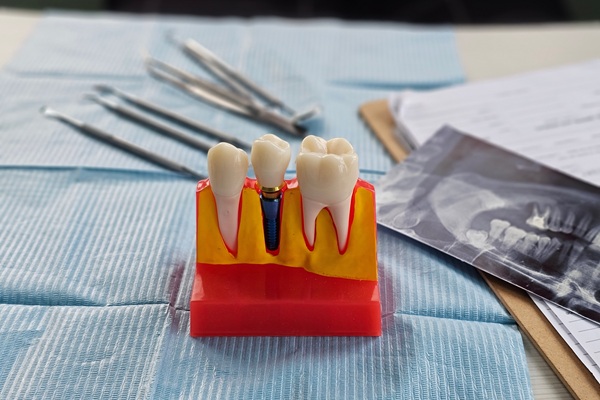Can an Emergency Root Canal Save Your Tooth?

If you have unbearable tooth pain, an emergency root canal may be necessary. The pain may be due to severe damage or a bad infection. If not treated right away, the damage may be so bad that it overtakes the tooth. In this case, the tooth would need to be extracted to prevent the infection from spreading. Cleaning out the chamber of the inner tooth can help save it.
Signs that you may need an emergency root canal
A root canal is needed when decay or infection reaches the innermost part of the tooth. Root canals are hollow chambers in the tooth that contain dental nerves and pulp, which include blood vessels and connective tissues. This canal can be prone to infection due to a cracked tooth, severe decay, or infected gums. Because the nerves are affected, they transmit pain and discomfort.
Pain is the most common sign that an emergency root canal may be needed. This pain is often unbearable and prevents one from focusing or sleeping. Other symptoms that indicate damaged nerves include:
- Severely damaged tooth, such as a crack or fracture, due to trauma
- Discolored tooth accompanied by sensitivity or pain
- Pus coming out from the area around the tooth
Root canal procedure
If someone has an infected root canal, there is a chance that the tooth would need to be removed if treatment is not done in time. The procedure consists of several steps and is often completed in two office visits.
Dental dam placement
To begin the emergency root canal, the endodontist places a dental dam around the affected tooth. This isolates the tooth and prevents saliva, which contains bacteria and other contaminants, from getting into the chamber.
Access cavity creation
The endodontist then creates an opening in the top or back of the tooth, depending on which tooth is being treated. This cavity allows for access to the nerve space.
Chamber content removal
The next step involves cleaning out the root canals. The nerve tissues, pulp, and decayed materials are removed, and then the endodontist will disinfect the area. Next, the canals are enlarged and shaped for the filling material.
Sealing of the tooth
Once the endodontist is sure that there is no more debris in the chamber of the tooth, he or she will seal the tooth. This consists of using a filling material to seal the root canal chambers. A temporary filling is then placed to cover the original opening of the tooth.
Crown placement
The final step of an emergency root canal is to place a permanent crown. This protects the tooth, prevents further damage, and allows for normal function.
Conclusion
An emergency root canal may be necessary if a tooth is damaged and causing pain. Performing this procedure may also save the tooth from needing to be extracted.
If a tooth is infected or severely damaged, this can result in terrible pain and other unwanted symptoms. If you are in pain, contact our office to see if an emergency root canal may be necessary.
Recent Posts
Tooth pain relief is often necessary when decay, infection, or trauma affects the inner structure of a tooth. In many cases, root canal therapy is the most effective way to eliminate pain, save the natural tooth, and prevent further complications. This procedure removes infected or damaged pulp, cleans the root canals, and seals the tooth…
When a root canal fails, a root canal retreatment must happen. Getting a root canal treatment is better than a dental extraction. If an endodontist sees that your tooth still has good bone support and healthy gums under or around it, a root canal can save the tooth. A root canal is a less expensive…
Tooth pain and dental trauma can be distressing and require immediate attention to prevent further damage and alleviate discomfort. An emergency endodontist specializes in diagnosing and treating severe tooth pain and trauma, offering expert care to save a tooth, relieve pain, and protect long-term oral health. When sudden tooth pain or injury strikes, seeking help…
A root canal cleans out infection from the interior of a tooth, but dentists will attempt other options, such as dental fillings, when possible. Therefore, it can be hard for patients to know when they may need a root canal or whether a problem can be solved in another way. The signs that you may…


